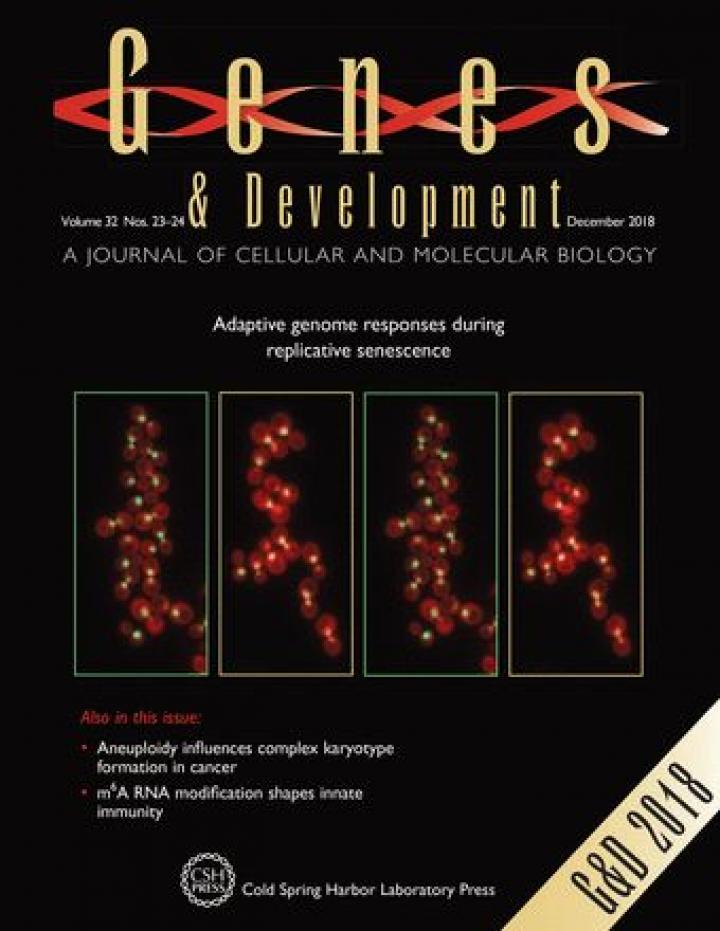Vie de l'IBPC
Actualités
Publication UMR8226

Publication de l'équipe Biologie des Télomères dans Genes & Development
Adaptation to DNA damage checkpoint in senescent telomerase-negative cells promotes genome instability. Genes & Dev. 32:1–15. [Supp]
Coutelier H*, Xu Z*#, Morisse MC, Lhuillier-Akakpo M, Pelet S, Charvin G, Dubrana K and TeixeiraMT #. (2018).
#Corresponding authors
*These authors contributed equally to this work.


